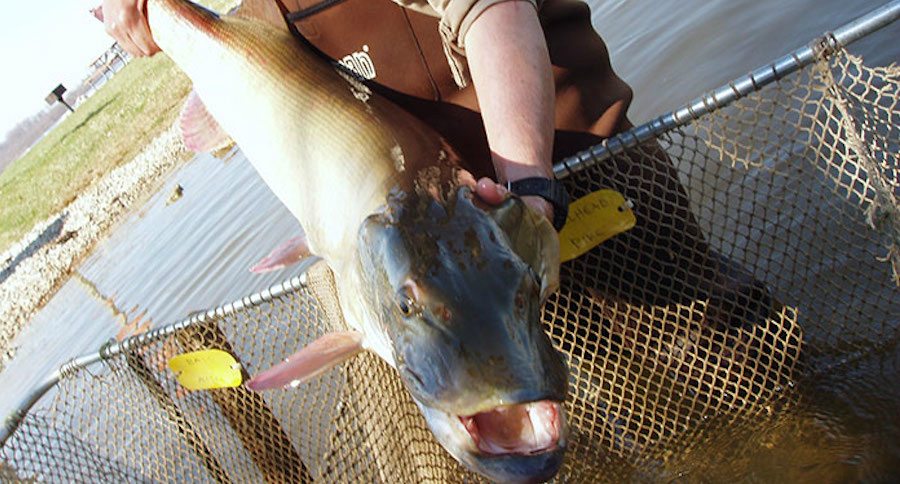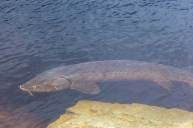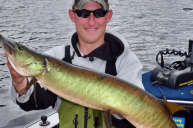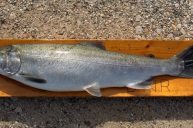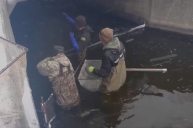Muskellunge are on the move in Michigan this spring.
With a little help from the Michigan Department of Natural Resources (DNR).
The DNR Fisheries Division is working to establish inland broodstock lakes for the Great Lakes strain of musky.
Since 2011, the Division has collected Great Lakes musky that spawn on the Detroit River. The eggs are reared at Wolf Lake State Fish Hatchery in Mattawan and stocked in the fall.
But why, if the muskellunge spawn on the Detroit River, is the DNR creating inland broodstock lakes?
Short answer: A short rearing period leads to the fish not reaching stocking size.
Water temperatures on the river don't reach spawning levels until around the end of May into June. The result is a short rearing period.
Also, since the Detroit River covers such a wide area, DNR employees have a difficult time finding spawning muskies.
Inland lakes reach spawning temperatures earlier in the spring. That gives the DNR longer to rear the fish. And since the lakes are smaller, personnel have an easier time collecting spawning fish.
Thornapple Lake in Barry County has been stocked with the Great Lakes strain of muskellunge since 2011 in an effort to make a suitable spawning population.
This year, the DNR selected Lake Hudson as the second broodstock lake.
Once the population is large enough, the DNR plans to collect spawning musky from the two lakes, rather than the Detroit River.
Previously, both Thornapple Lake and Lake Hudson were maintained as northern strain musky broodstock lakes, that species has a higher density than in typical lakes.
To reduce the number of predators in order to give the Great Lakes strain a chance to succeed, the DNR is targeting the northern strain to trap and move them to other bodies of water.
NEXT: MUSKIES ON YOUR MIND? MICHIGAN HAS YOU COVERED
